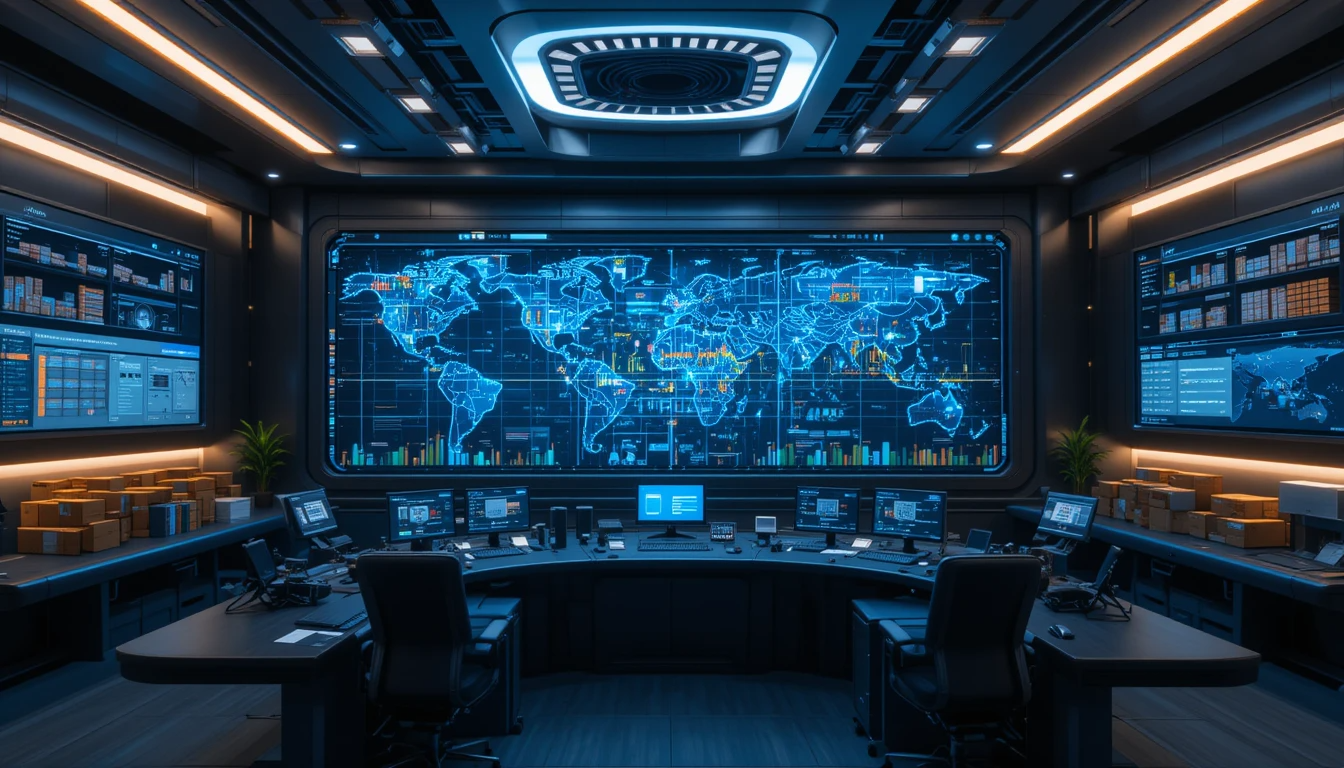
Modern supply chains are under siege, buffeted by disruptions, demand volatility, and regulatory complexity. Yet, most enterprises sit atop a fragmented stack of tools: dashboards, trackers, and bots that promise visibility but deliver isolated insights. The problem isn't a lack of technology. It's the absence of orchestration.
Without a central orchestrator, isolated automations entrench silos and perpetuate reactive firefighting. The result? A supply chain overwhelmed with data but incapable of coordinated, decisive action.
Orchestration isn't about adding more tools. It’s about harmonizing what you already have, turning fragmented systems into synchronized workflows. Imagine a modern control tower as your enterprise’s command center: a digital nerve center that ingests data, applies intelligence, and triggers coordinated actions across the ecosystem.
Where dashboards inform, orchestration empowers. Where point tools automate fragments, orchestration unifies execution. The control tower evolves from a passive observer into an active orchestrator synchronizing AI, RPA, IoT, and blockchain within cohesive workflows.
If your technology stack only shows you what’s broken but doesn’t help you fix it, you’re not orchestrated, you’re just overwhelmed.
True orchestration isn’t just integrating AI or automating tasks with bots. It’s a strategic capability, a supply chain operating system with the control tower at its core.
The control tower acts as the orchestration layer that unites every tool, system, and data stream. It continuously ingests transactional data (orders, shipments, inventory), external signals (supplier updates, weather, port conditions), and real-time IoT sensor data, weaving them into a unified, actionable intelligence fabric.
From predicting disruptions with AI/ML to triggering corrective actions via RPA, from receiving IoT alerts to securing transactions with blockchain, the control tower ensures that each function doesn’t operate in isolation but as part of a synchronized ecosystem.
In essence, orchestration turns a disconnected stack into an integrated, self-adjusting supply chain network.
Read also: Driving Down Costs with Automation
Most enterprises have invested in automation at the edges, RPA bots in finance, dashboards in logistics, trackers on shipments. But without orchestration, these remain fragmented efforts that fail to scale impact.
Isolated automation leads to silos:
A FourKites, YouGov study of U.S. supply chain leaders found that only 20% have comprehensive, real-time visibility across their operations, a direct result of fragmented systems.
Instead of automating inefficiencies, orchestration eliminates them by aligning tools under a single command structure. For example:
Orchestration transforms reactive firefighting into proactive control.
Consider how orchestration reshapes operations:
This is orchestration in action: an intelligent, real-time choreography of processes that eliminates friction from PO to payment.
Read also: Manual Chaos to Automated Control
Orchestration delivers measurable business outcomes:
Strategically, orchestration allows you to scale operations without proportional headcount increases, enabling mid-sized firms to compete with enterprise agility.
The control tower becomes not just a dashboard but a single source of performance truth, powering scenario planning, continuous improvement, and governance with confidence.
Start with Bottlenecks:
Layer on, Don’t Rip and Replace:
Automate in Phases:
Evolve with Intelligence:
Orchestration is a journey, each integrated workflow strengthens the control tower’s role as your enterprise’s operational brain.
Read also: AI Control Towers for 2025 Supply Chains
Today’s supply chains don’t suffer from a lack of tools, they suffer from a lack of coordination. Orchestration is what transforms technology investments into enterprise advantage.
An orchestrated control tower turns fragmented tools into a unified operating system, shifting your supply chain from reactive chaos to proactive resilience.
The difference between lagging and leading supply chains isn’t how many dashboards you have, it’s whether you have a central hub that can act on them.
Ready to move beyond fragmented automation?
It’s time to elevate your control tower from a passive observer to an enterprise-grade orchestrator.
Let it become the engine that drives intelligent, coordinated action, one workflow at a time.